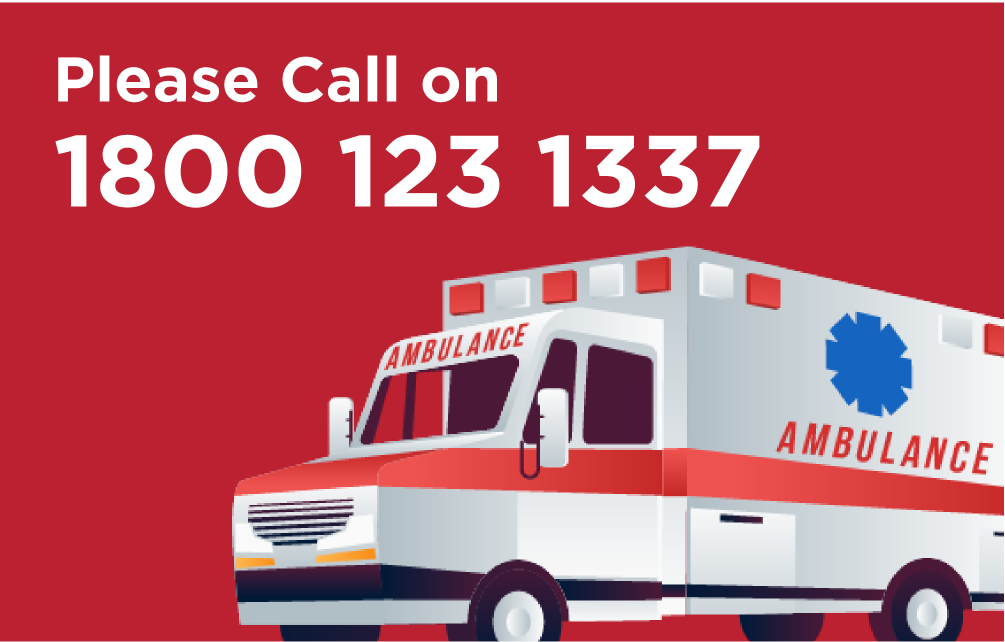What is spondylosis and how we can fight this condition?

Also known as spinal osteoarthritis, spondylosis is a common, painful degenerative condition that may worsen as a person grows older. It can affect any region of the spine: cervical (neck), thoracic (upper, mid back), lumbar (low back) or lumbosacral (low back/sacrum). Causing pain and stiffness, it can reduce your body’s range of movement considerably.
As people grow older, normal age-related cellular changes, coupled with the effects of daily wear and tear can cause or contribute to discs losing normal shape, size, and height. These structural alterations may reduce the amount of space (disc space) between vertebral bodies and subsequently affect normal movement of the facet joints. Bone spurs develop, which can pinch a spinal nerve root and cause inflammation and pain.
Making a diagnosis
During the physical and neurological examination, the doctor closely looks at the patient’s spine, and range of motion while bending forward, backward, and side-to-side. The doctor notes the shape of the spine, including any abnormal curvatures. He/she palpates (feels) the spine to detect any tender spots, muscle tightness or spasms, bumps, or areas of inflammation. Furthermore, pain is thoroughly evaluated along with other symptoms (eg, paresthesias, weakness).
X-rays may detect bone spurs or loss of disc height. The doctor may order a CT (computerized tomography) or MRI (magnetic resonance imaging) to view degenerative changes and abnormalities in spine’s soft tissues. Of course, depending on the patient’s symptoms, other types of tests may be recommended.
Treatment options
Although spondylosis can be very painful, most patients respond favorably to nonsurgical treatments.
- First-line treatment may include analgesics (pain medications), anti-inflammatory drugs, and muscle relaxants.
- Physical therapy may include ice/heat, massage, and/or ultrasound.
- Stretching and warm-up exercise (as tolerated) helps to ready the patient for active exercise.
- Strengthening exercises can help improve spinal flexibility, build strength and endurance.
- To help reduce pain, you may be admonished to lose weight.
- To prevent pain flare ups, the physical therapist instructs patients how to move without exacerbating pain, which includes how to improve and maintain good posture.
However, in some cases, nonoperative therapies do not provide adequate pain/symptom relief. In these cases, a back or neck surgery may be recommended.
If you have symptoms related to spondylosis, consult a spine specialist immediately so that he/ she can suggest you the right treatment to help you regain your freedom. ‘
Request a call back



 Call-an-Ambulance
Call-an-Ambulance



